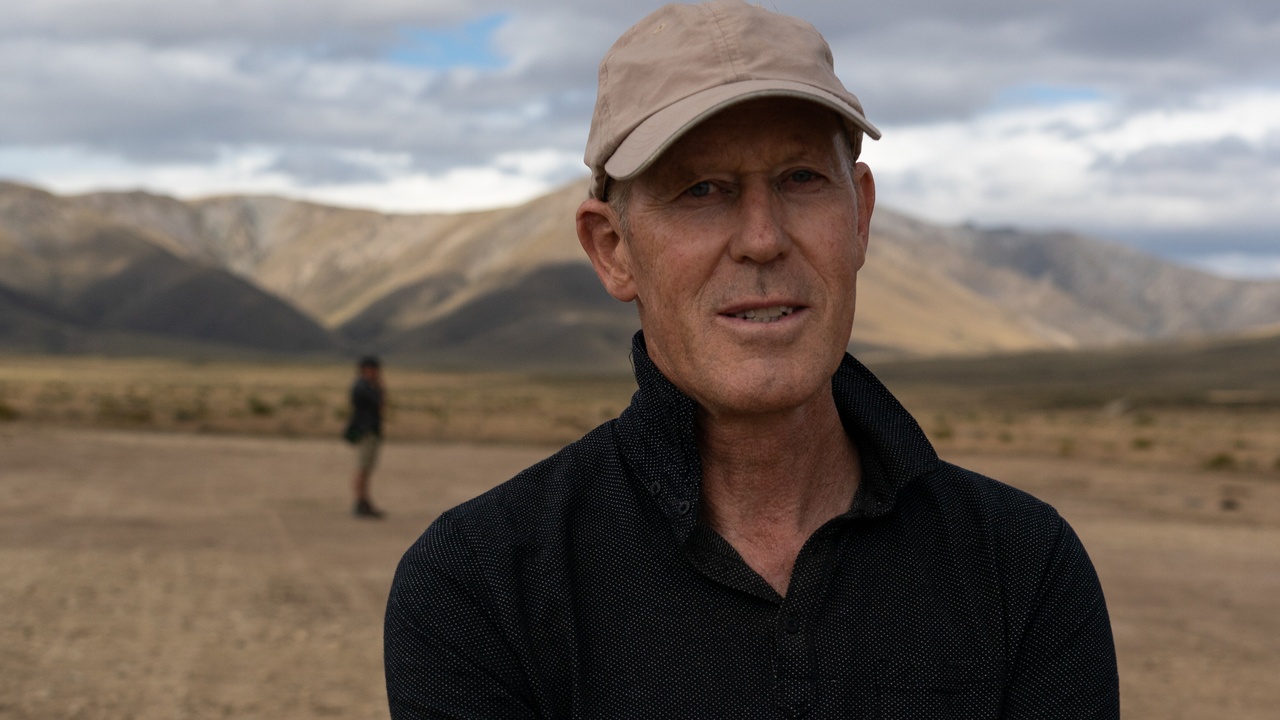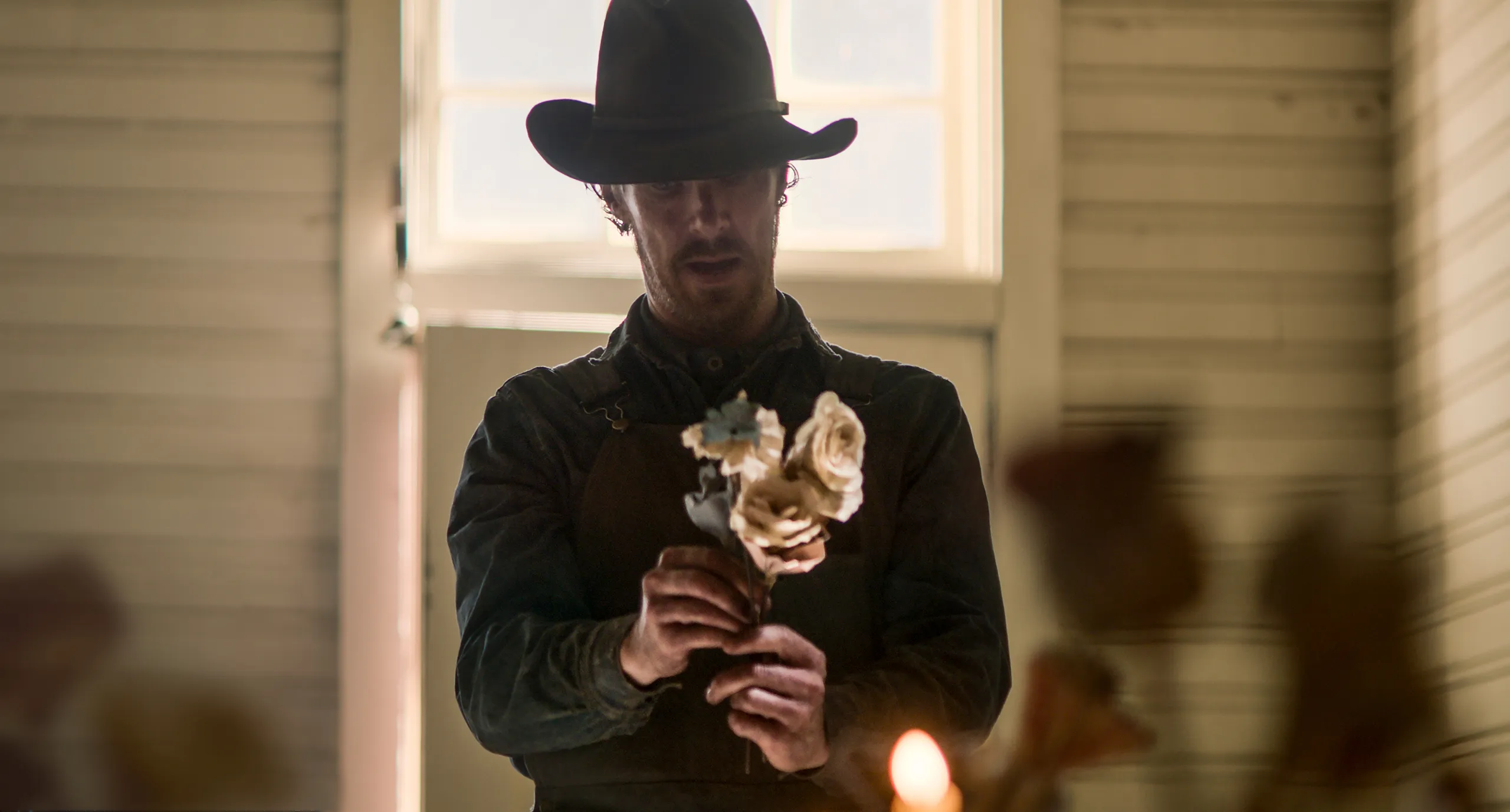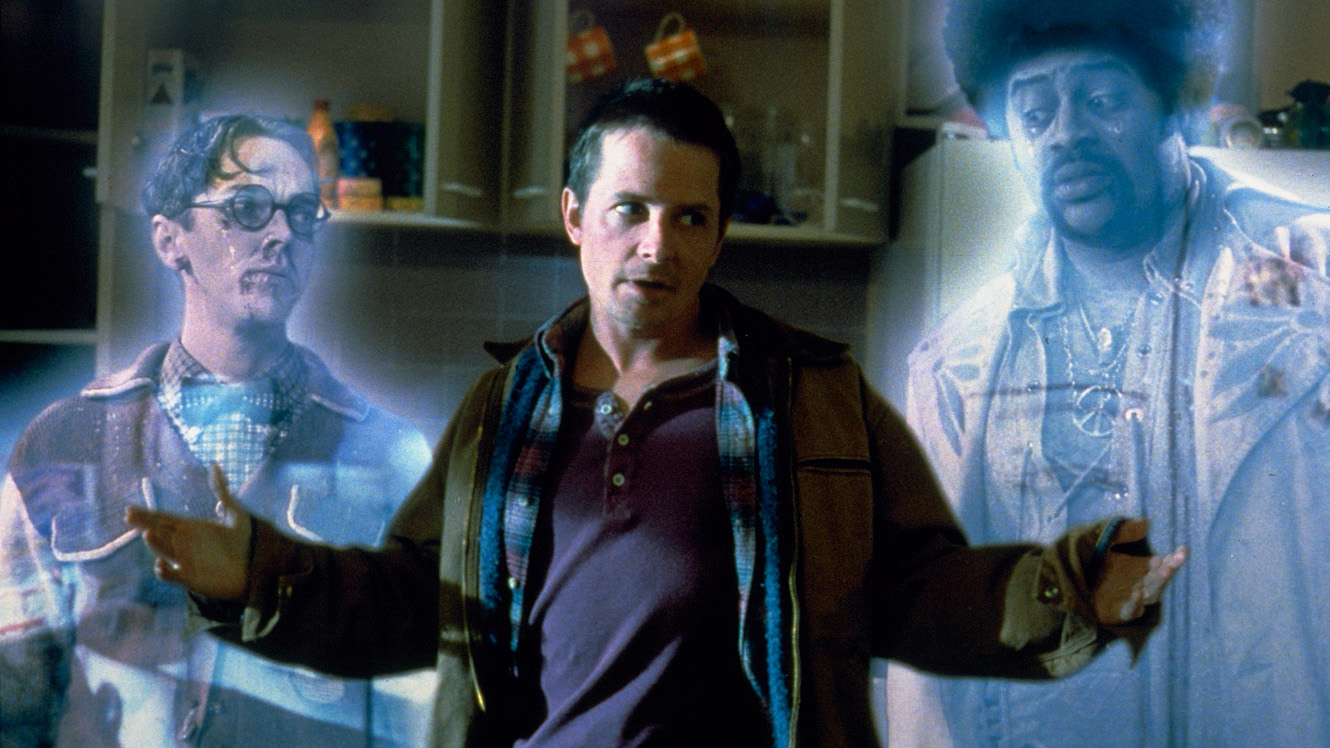Catching up with Oscar-winning Production Designer Grant Major

We recently talked with Production Designer Grant Major about his work on the Netflix acclaimed film "The Power of The Dog"; as well as his long collaboration with Peter Jackson including "The Frighteners" and his Oscar-winning work on "The Lord of the Rings" trilogy!
Graduating from Art School in 1976 in Auckland, New Zealand, Grant Major immediately entered the local television industry and 4 years later joined the BBC in London where he received formal training as a set designer. Returning to New Zealand several years later Grant spent the next 10 years working up to being an Art Director in film as well as sharing his time designing events and tourist destinations including the New Zealand Expo pavilions in Brisbane Australia and Seville, Spain. His first role as Production Design was in 1990 for Jane Campion’s "An Angel at my Table’." Highlights of Grant’s 40 year film career was being nominated for four Academy Awards and four British Academy of Film & Television Awards (BAFTA) for his work as a production designer on "The Lord of the Rings" trilogy and "King Kong," finally claiming his Oscar and a Los Angeles Film Critics Society Award on the third installment of the trilogy "The Return of the King." More recently he designed such films as "Whale Rider, "X Men Apocalypse," "The Meg" and Disney’s 2020 production "Mulan."
Gordon Burkell (GB) - I am excited to talk to you about “Cowboy Bebop”. How did the project come about and how did you go about replicating the look of the animation and translating that to the screen?
GM - To get these jobs as a production designer it’s just fantastic, because you're free to really tap into your imagination in order to create these rather extraordinary environments. But at the same time, there is always a huge expectation from the fan base. We looked very carefully at the animation for all the clues in terms of architecture and style. When I am doing something that's physical and real, I need to fill in a lot of gaps that the animation doesn't have. So a lot of work went into making it logical and real from a spaceship design point of view. We tried really hard to get the design of the planets right. We don't have an open ended budget to elevate things so we had to make some practical decisions. We had less hovering cars, for example, a few less vehicles and spaceships in the background. We had to find airplane parts and helicopter parts that we could add-on as little specialty items to make it feel more like a spaceship. I'm very proud of what we did.
GB - When you're doing production design how much time do you spend actually drawing versus building things with your hands? Or does a lot of that get handed off to the production crews?
GM - There was a time when I did all my own production. I used to be very, very good at drawing. Now the projects I get involved with are much larger there is less time to actually draw and create conceptual drawings. So concept artists are hired. However, I still do my own drawings to get the process going and bring research as well as all sorts of different elements, sketches and models to the concept people so that they can make what I want them to make. They are very talented and wonderful people but they are also like a tool for me. They are a tool in the production design process, and each of the concepts and pieces are part of a book of images that make up the entire film. So the production designer has an overview of all these elements. I breathe down the neck and look over the shoulder of concept artists to make sure that I'm getting what I want. They also bring their own ideas and I'm very open and collaborative with them. I like the creative collaboration that goes into making these things feel real.
GB - You also worked on “Power of the Dog” which takes place as the West is coming to an end. How did you go about finding the look for that film?

GM - The time period which “Power of the Dog” takes place in, is a fantastic time period and we don't see very many films taking place in this time. We recognized that technology was going to be a very important element in the film. The Burbank family had been on that piece of land for 40 years. The house they lived in was built in the 1880s before there was power or a telephone. We wanted to make it feel like the power and technology was retrofitted into the house. You notice the light switches have power cords that haven’t been buried in the walls of the house. Things like the boiler and the kitchen were later editions. I love that layering on of technological timepieces that bring us up to this period. The Burbank ranch was one of the biggest farms in Montana. They are one of the wealthiest families in the area but at the same time, the two boys that run it don't display their wealth. The house is tidied up and is presented as a working place. So it has all these layers of meaning and back history that I love to bring to a film like this.
GB - Well, it's so interesting that you brought up the light switches, because that's one of the details I really liked. I stayed in a 200 year old farm once that was so similar. They retrofitted everything. How do you figure out which details will make it feel real to us as the audience? How do you go about researching that?
GM - I love to saturate myself with images before I put pencil to paper. So, for a film like “Power of the Dog”, I spent a lot of time looking at images. There's a lot of visual photographs from that era. Evelyn Cameron is one photographer whose work we looked at very closely. Her photos are not only full of characters from that time and place, but also the photos are high resolution so that allowed me to really look at the photographs and pick out details. I can pick out a lot of really interesting everyday things that may be overlooked normally. I remember doing the same with King Kong. When I was doing that film with Peter Jackson we found lots of photos of New York buildings which were taken in a certain era. They have a massive archive of imagery which I could really study. Peter was so enthused with these images he said, “let's do a head count of every person in these photographs so that we can put the same number of extras in our images”. He wanted to make it feel like it's the same population on the streets of New York as was at that time.These obscure details make the scenes feel real. Rather than just relying on imagination we've got this really great material to work from.
GB - Where do you go for Inspiration? Is there a particular style of art that you follow or a particular photographer that you really like?
GM - Every moment of my life has to do with recognizing good design as well as paying attention to interesting new ideas and juxtapositions. I devote myself to this job. It’s more than just a job actually. I do a lot of browsing on the internet and I have a huge collection of images. I’ve got hard drives full of snapshots that I've gathered over the years and I also have a huge collection of books. All of this helps to give me inspiration.
GB - Is there a particular art movement or architectural style that you gravitate towards?
GM - I am naturally drawn to modernism. When I visit Los Angeles I try to visit the Schindler House but I really appreciate all the beautiful architectural and design phases that we've had throughout history that are reflective of the culture at that time.
GB - One of the films that you worked on that I absolutely love is the “Frighteners”. This was made very early in the VFX world and really pushed boundaries with the use of visual effects. How did you approach working with the visual effects team then versus today?
GM - Around the 1990s, and the early 2000s we saw big technological changes in the film industry. As a production designer, my job hasn't changed as much as you might think. In some ways, it has changed in that early on we used to build a lot of sets in order to give the camera as much flexibility as possible to explore the space. Now that is less the case. The way shots are constructed now, are often done in layers. The art department builds foreground, background and location pieces and that all gets built into one shot. We do a lot of conceptualizing of the visual effects shots in the art department to very aggressively hold on to certain elements so that they don’t get bumped to post production. I like to be able to build the entire production design of the film in pre-production so that we can stand back and look at the entire film. I want to know that every key shot of the film has been thought through and conceptualized. I think sometimes visual effects can be a bit wild and too overpowering and they can sometimes feel like they don’t belong in a particular film. The reason I go to the movies is for the story, the complexities and interactions between the characters. The big wild computer generated landscapes have got to fit into that, not the other way round.
GB - I know you've done a lot of work with Peter Jackson. I’m always interested to hear how people develop long term relationships with other crew members such as directors, editors and other production designers. How did you develop that relationship with the director Peter Jackson?

GM - It is one of the highlights of my life working with Peter Jackson. When we first met, it was early in both our careers and I was very thrilled that Peter’s producer contacted me to ask if I was interested in working on “Heavenly Creatures”. I knew of Peter but I didn't know him. His reputation was that his style had a lot of blood, gore, horror and outrageous action. I gravitated to more sensitive, dramatic films so at the time I wondered how we would work together. But I read the script, loved it and I was really thrilled that he asked me to collaborate on his film “Heavenly Creatures”. We got on really well. We grew together through Lord of the Rings and explored new horizons together including visual effects. “The Frighteners” had the most visual effects of any film that had been made before that. Peter has always been really inventive, imaginative and very businesslike and to be able to grow over a career with a person like Peter is just a gift. It's the same with my relationship with the director Niki Caro who I've done about five films with now. It’s just thrilling to be able to hang out with people on an upward trajectory.
GB - Is there a particular design that you're most proud of that was really difficult for you to achieve but despite challenges you were able to pull it off?
GM - That’s a hard question because on a daily basis I am being asked to produce things that have never been done before. The task of creating visuals that are going to wow people often falls to the art department. I am very proud of the work I did on King Kong. The director Peter Jackson was very much into building set designs back then and everything needed to be in camera. So we built huge forested locations in the studio that were very complex. The geography required for the dinosaurs, which then were all computer generated, needed to match exactly on set what was created in pre-viz. We had to retrofit a lot of the shapes, hills, mountains, tracks etc to the digital elements that had been created. It was very exciting and also risky. So good times and terrifying times as well.
GB - Is there a movie or show you've discovered over the last year that people should check out?
GM - I've been watching "Succession" because it's such a wonderful piece of drama, I have watched every episode twice. It's just a very entertaining character piece.

